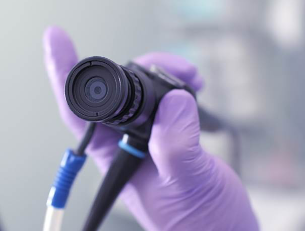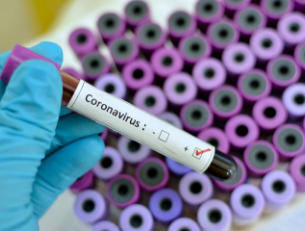99%
Of endoscopes in a 2019 study had reprocessing steps skipped or done incorrectly1
Of endoscopes in a 2019 study had reprocessing steps skipped or done incorrectly1
19 von 20
Endoskope in einer Studie von 2016 wiesen mehrere Tröpfchen in den Anschlüssen und im Kanal auf.2
Endoskope in einer Studie von 2016 wiesen mehrere Tröpfchen in den Anschlüssen und im Kanal auf.2
S. maltophilia
Dieses Umweltbakterium gelangte bei der Aufbereitung über das Spülwasser in Endoskope, wie eine Studie von 2016 zeigte.3
Dieses Umweltbakterium gelangte bei der Aufbereitung über das Spülwasser in Endoskope, wie eine Studie von 2016 zeigte.3
To learn more about ASP’s two-pronged solution or to get a consultation from one of our sterilization experts, request a consultation today.
References
Ofstead CL., Hopkins KM., Buro BL., Eiland JE., Wetzler HP., Challenges in achieving effective high-level disinfection in endoscope reprocessing. Am J Infect Control 2019;000:1-7. Research funded by ASP.
Ofstead CL, Wetzler HP, Johnson EA, Heymann OL, Maust TJ, Shaw MJ. Simethicone residue remains inside gastrointestinal endoscopes despite reprocessing. Am J Infect Control 2016;44:1237-40.
Ofstead CL, Doyle EM, Eiland JE, Amelang MR, Wetzler HP, England DM, et al. Practical toolkit for monitoring endoscope reprocessing effectiveness: Identification of viable bacteria on gastroscopes, colonoscopes, and bronchoscopes. Am J Infect Control 2016;44:815-9.





